Surely, car owners will be no stranger to cars that cannot charge. Especially with old vehicles, this situation is even more common.
However, not everyone can fix this problem. So, in this article, we will guide you on “how to recondition a car battery that won’t hold charge” including 3 ways:
- Use Epsom salt, distilled water to restore car batteries
- Use Smart Charger to recharge car battery
- Use a 200A charger to revive a dead battery
In addition, we also provide you with some additional information about the battery to help you determine the condition of your car to come up with the best solution.
To dig deeper and deeper, we invite you to each of the following sections.
Determine The Condition Of The Vehicle And Its Battery
Usually, the cause of your car not being able to charge is the car’s battery. Therefore, before starting the repair, you need to determine the condition of the battery.
From there, you will come up with the right solutions for your car repair and bring better efficiency to your car.
For example, if the battery is badly damaged, you can replace it with a new one. Or if this part only has a few minor problems, you can choose to repair it at home.
To determine the condition of your car battery, you can do the following:
Step 1
First, you turn off the car engine and stop the car on flat terrain.
Step 2
- Check the voltage in the battery to see if your battery has voltage or not? In this way, you will need a voltmeter that measures the current. The way to measure is as follows:
- Connect the red wire of the voltmeter to the positive terminal of the battery.
- As for the black wire, we will connect to the negative pole.
- Then you observe and check the parameters on the battery. If you see 12.6V or more, then your battery is working fine. In this case, you do not need to replace or repair it.
- For the case from 10V-12.6V, you have to repair the car’s battery. If the number displayed is less than 10V, please replace your car battery.
Step 3
- Next, you check on the negative and positive terminals of the battery for any corrosion? If the pole is corroded, clean the rust first by:
- Create a specialized cleaning mixture with baking soda and water.
- Use a toothbrush to add the mixture and rub it on the tips of the rusted terminals.
- Finally, wipe them off with a dry towel.
Alternatively, you can also use sandpaper or steel wool to scrub the poles that appear to corrode.
That’s it, we have completed the process of determining the battery condition. To come to the repair step, we need to prepare some tools in the section below.
Safety Precautions Before Making Repairs
Preparation and precautions are extremely important before you decide to repair a car that won’t charge.
The handling of car batteries is a sensitive place because this part contains chemicals, so it is quite dangerous for the repairer.
Before you start dealing with car batteries, make sure to follow these rules safely:
Well-ventilated area
Prepare a well-ventilated area when you repair the battery. Also, avoid working in closed rooms, and narrow spaces because those places cause inconvenience and hinder you in the implementation process.
In addition, the place also needs to be dry, avoiding water and humid spaces. It is important to maintain it at room temperature.
Personal protective equipment
Prepare gloves to protect the skin of the hands during the procedure. You should choose quality gloves and have materials suitable for chemicals. As a result, you can avoid irritation and burns from the acid inside the battery.
Besides wearing gloves, goggles are also a tool that you cannot ignore to protect your eyes. Because you can’t predict the danger when a chemical gets into your eyes, protection is essential.
To protect your feet, equip yourself with work-safe flip-flops or boots that cover the entire knee down to your feet. This will minimize the danger to your feet if you accidentally spill the battery.
Finally, protect your clothes by wearing an apron. Since batteries can cause splashes, being prepared is still the best way to protect your body.
Now that everything is ready, let’s get to the implementations.
3 Different Ways You Can Recharge Your Car Battery
In fact, you have up to 3 ways to restore your car battery. In general, each method will have a different way of doing it. You can base it on your condition and case to choose a suitable way.
Use Epsom salt to restore your car battery
The principle of operation of this method is to take advantage of the accumulation of sulfates from Epsom salt to restore and increase the battery’s life.
To get started, prepare distilled water, Epsom salt, Baking soda, and a trickle charger to restore the battery.
Then we will come to the steps to do:
- Pour out the acid inside the six cells of the battery into a plastic utensil.
- Mix about 10 ounces of baking soda with a gallon of distilled water, then stir until the mixture dissolves.
- Then, you pour the solution back into the cells earlier and then close the lid to shake the cleaning agents inside the battery and pour the mixture out.
- Now, put 9 tablespoons of Epsom salt in a bowl and add the previously boiled distilled water (150°F) to form a liquid.
- Next, you take each spoon of the mixture and pour it into each battery cell, taking care not to overfill the compartment.
- Finally, you use the trickle charger attached to the battery on the lowest setting (about 24 to 48 hours).
- After the charging process is complete, disconnect the charger from the car battery. And the restore process is now entire.
Use smart chargers to restore car batteries
With this method, you will use special battery chargers or, in other words, smart chargers (store-bought) to restore car batteries.
Usually, chargers come with two black and red clamps used to connect to the battery’s two terminals.
The following is the connection procedure and some notes that you must know:
- Read the manual to understand the settings on the charger you are using.
- Make sure to put the charger in recovery mode.
- Use the red clamp to connect to the positive terminal and the black clamp to connect to the negative terminal.
- Use the charger at the lowest amp level attached to the battery for about 1-2 days.
- After the charging process is complete, disconnect the charger from the car battery. The restore process is now whole.
Use a 200A charger to revive a dead battery
Of the three methods above, this is the most dangerous because the battery can explode, so you must ensure adequate safety measures.
For this process, prepare a powerful charger capable of providing about 200 amps of power to the battery.
In general, the method is quite similar to the two ways above.
Connect the device to the two terminals in the same way as method 2:
- Turn on the 200 amp charger and let it work for about 15 minutes.
- After that, you let the battery rest for about 45 minutes,
- Then check again with a voltmeter, as we mentioned above. If the number is not above 12.6V, then you can repeat the process from scratch.
- If you have done it 4 times without success, you must let the battery rest for 1 day and try again.
Alternatively, one solution for those who don’t have a powerful charger is replacing it with a US20 6/12 Volt or Schumacher SC 1285 link device.
In short, each method has its own characteristics, and you can consider choosing the most suitable way.
Conclusion
Through this article, we hope you can repair your car battery in the most effective way.
If you have any questions or comments, please contribute below for us to answer and fix.
Don’t forget to share the article if you find the information useful.
Thanks for reading!

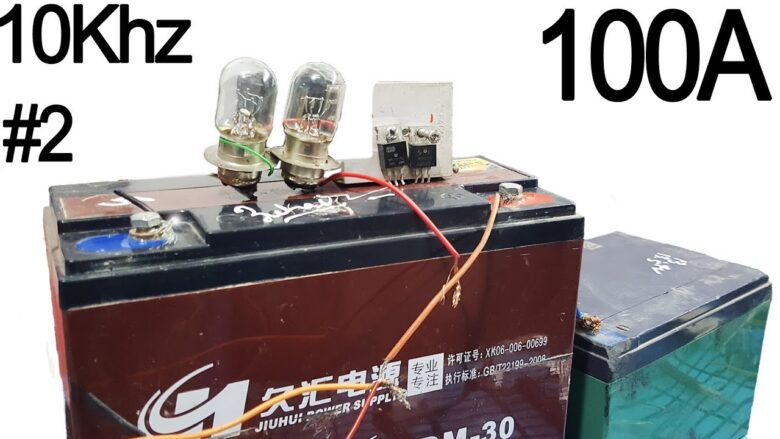


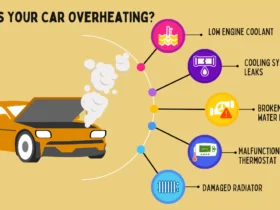
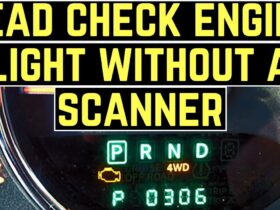
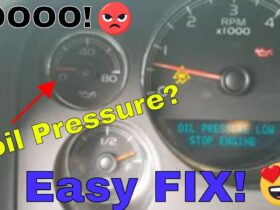
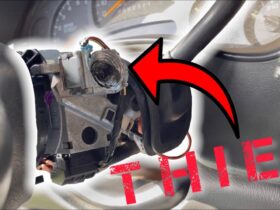


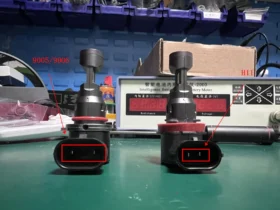
Leave a Reply